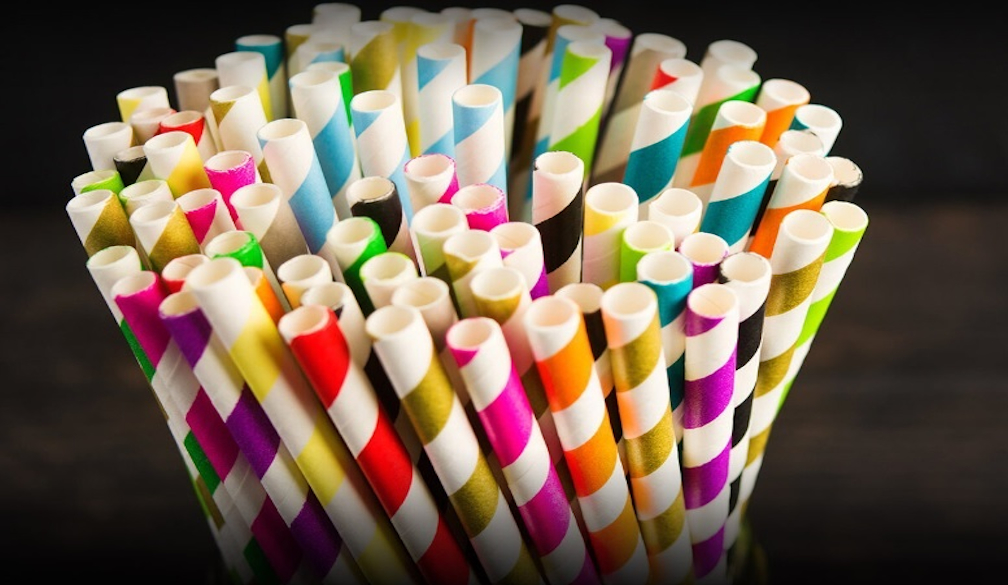The Cost of Biodegradable Straws: Are They Worth the Price?

Plastic straws are a significant source of pollution. They are often discarded after a single use, and they can take hundreds of years to break down in the environment. Recently, a movement has been growing to ban plastic straws and switch to more sustainable alternatives. Biodegradable straws are one option but can be more expensive than plastic straws.
This article will explore the cost of biodegradable straws and whether they are worth the extra expense. We will discuss the factors contributing to the higher cost of biodegradable straws and provide some tips on how to save money on biodegradable straws.
The cost of biodegradable straws varies depending on the type of straw, the quantity purchased, and the retailer. In general, biodegradable straws are more expensive than plastic straws. For example, 100 plastic straws can be purchased for around $1, while 100 biodegradable straws can cost $2 or more.
A few factors contribute to the higher cost of biodegradable straws. First, biodegradable straws are made from natural materials, which can be more expensive than plastic. Second, biodegradable straws are often produced in smaller quantities, which can also increase the price.
Types of Biodegradable Straws
There are a variety of different types of biodegradable straws available. Some of the most common types include:
Paper straws: Paper straws are made from recycled paper and are a relatively inexpensive option. However, they are not as durable as other types of biodegradable straws and can dissolve more quickly in liquid.
Cornstarch straws: Cornstarch straws are made from cornstarch and are more durable than paper straws. They are also compostable, meaning they can be broken down into organic matter in a bin.
Bamboo straws: Bamboo straws are made from bamboo and are a sustainable option. They are also durable and compostable.
Metal straws: Metal straws are made from stainless steel or another metal and are the most durable type of biodegradable straw. They can be reused many times, which makes them a cost-effective option.
Sugarcane straws: Sugarcane straws are made from sugarcane fibers and are a sustainable and compostable option. They are similar in texture and flexibility to plastic straws and can be used multiple times.
Factors That Affect the Cost of Biodegradable Straws
The cost of biodegradable straws is affected by several factors, including:
The type of straw: The type of straw (paper, cornstarch, bamboo, metal, etc.) will affect the cost.
The quantity purchased: The more straws you purchase, the lower the cost per straw will be.
The retailer: The retailer you purchase the straws from will also affect the cost. Some retailers offer discounts or coupons on biodegradable straws.
Tips for Saving Money on Biodegradable Straws
If you are considering using biodegradable straws, there are a few things you can do to save money:
Buy in bulk: Buying in bulk is one of the best ways to save money on biodegradable straws. You can often find discounts on bulk purchases.
Look for recycled materials: Some biodegradable straws are made from recycled materials. These straws are often more affordable than those made from virgin materials.
Buy from retailers that offer discounts or coupons: Some retailers offer discounts or coupons on biodegradable straws. Be sure to check for these offers before you make your purchase.
Conclusion
Whether or not biodegradable straws are worth the extra expense is a personal decision. Some people may be willing to pay more for a more sustainable option, while others may prefer to save money and use plastic straws. Ultimately, the decision of whether or not to use biodegradable straws is up to the individual.
If you are considering using biodegradable straws, please research and find the best option. Various types of biodegradable straws are available, and there are several ways to save money on them. With a bit of planning, you can easily find a sustainable and affordable option that meets your needs.








